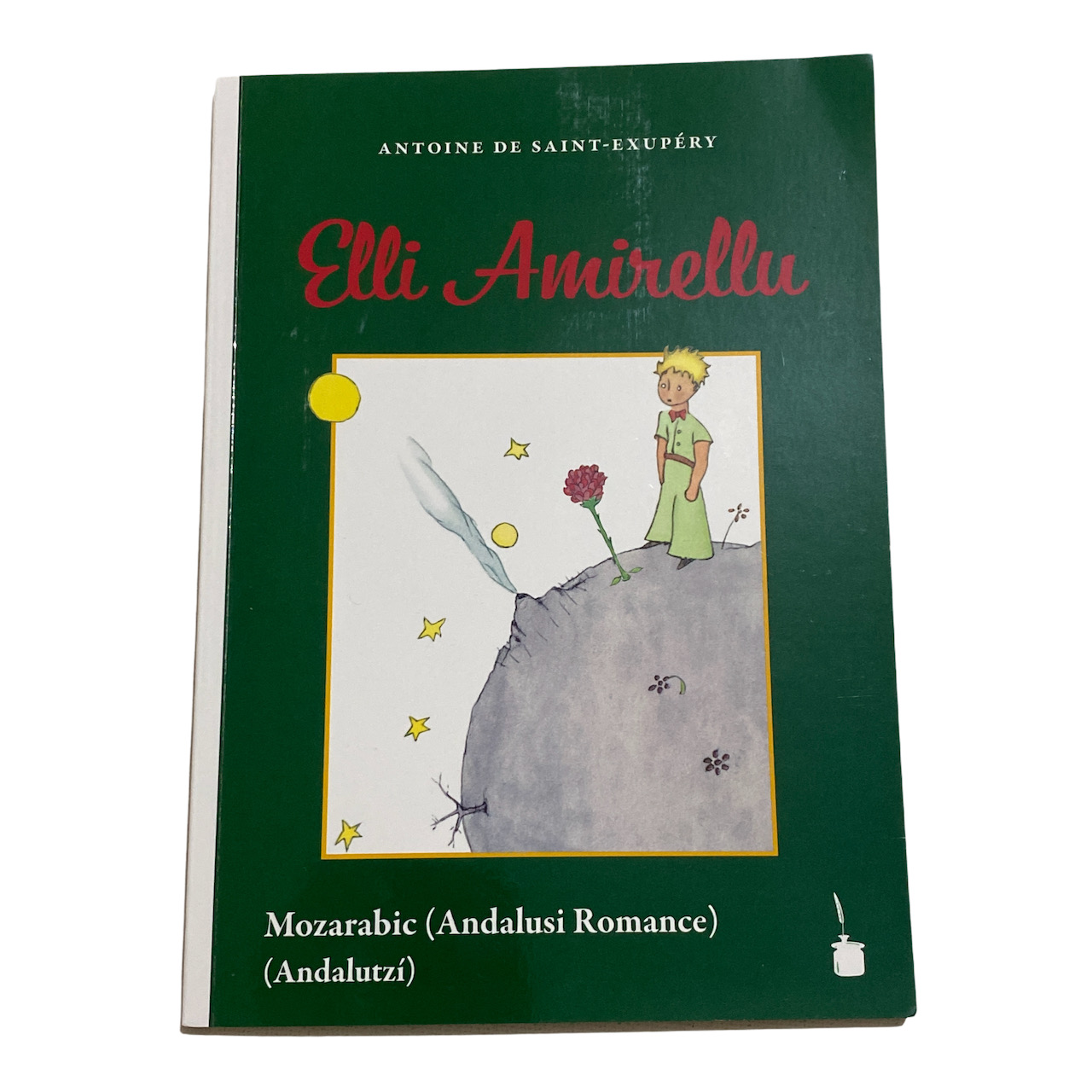
Elli Amirellu — in Andalusi Romance a.k.a. Mozarabic.
Andalusi Romance is a Romance language that was spoken in the Iberian Peninsula under Muslim rule from the 8th to the late 15th centuries. It was the vernacular language of Christians living in Al-Andalus, the Muslim-controlled regions of the peninsula. Despite being under Islamic rule, these Christian communities maintained their religion, laws, and, to a significant extent, their language, which evolved from Latin with substantial Arabic influence.
This set of Latin dialects came to be called the Mozarabic language by 19th-century Spanish scholars who studied medieval Al-Andalus, though there never was a common language standard. The word Mozarab is a loanword from Andalusi Arabic musta’rab, مُستَعرَب, Classical Arabic musta’rib, meaning “who adopts the ways of the Arabs”.
Mozarabic is poorly documented, and much of what is known about the language comes from glosses in Latin texts, Mozarabic liturgical texts, and Arabic transliterations. It displayed a significant variety of Romance features but was heavily influenced by Arabic in terms of vocabulary, phonetics, and syntax. This Arabic influence distinguished Mozarabic from the Latin-based languages that developed in the Christian-controlled northern regions of the Iberian Peninsula.
Mozarabic culture was a unique blend of Christian and Islamic elements, reflected in its art, architecture, and literature. Mozarabic Christians played a crucial role in the cultural and intellectual exchanges between the Muslim and Christian worlds, acting as intermediaries, translators, and scholars. The Mozarabic rite, a distinct liturgical tradition, is one of the most tangible cultural legacies of the Mozarabs, showcasing the integration of Visigothic Christian traditions with influences from the Islamic milieu.
The gradual Reconquista of the Iberian Peninsula by Christian kingdoms and the subsequent resettlement policies led to the decline of Mozarabic as its speakers assimilated into the larger Romance-speaking Christian communities. By the end of the 15th century, Mozarabic had largely disappeared as a spoken language, replaced by the expanding Castilian (Spanish), Catalan, and Portuguese languages.
However, the language and culture of the Mozarabs have left a lasting impact on the Iberian Peninsula, particularly in place names, personal names, and the vocabulary of the modern Spanish and Portuguese languages, where numerous words of Arabic origin entered through Mozarabic. The Mozarabic rite also survives in a limited form, celebrated in a few churches in Spain, preserving a direct link to the Christian liturgical practices of Al-Andalus.
There has been a growing academic interest in Mozarabic, with scholars seeking to better understand its characteristics, its role in the cultural interactions of medieval Iberia, and its contribution to the development of the modern languages and cultures of the Peninsula. Mozarabic studies illuminate the complex and multifaceted history of Al-Andalus, highlighting the coexistence, conflict, and cultural exchange among its Muslim, Christian, and Jewish communities.


